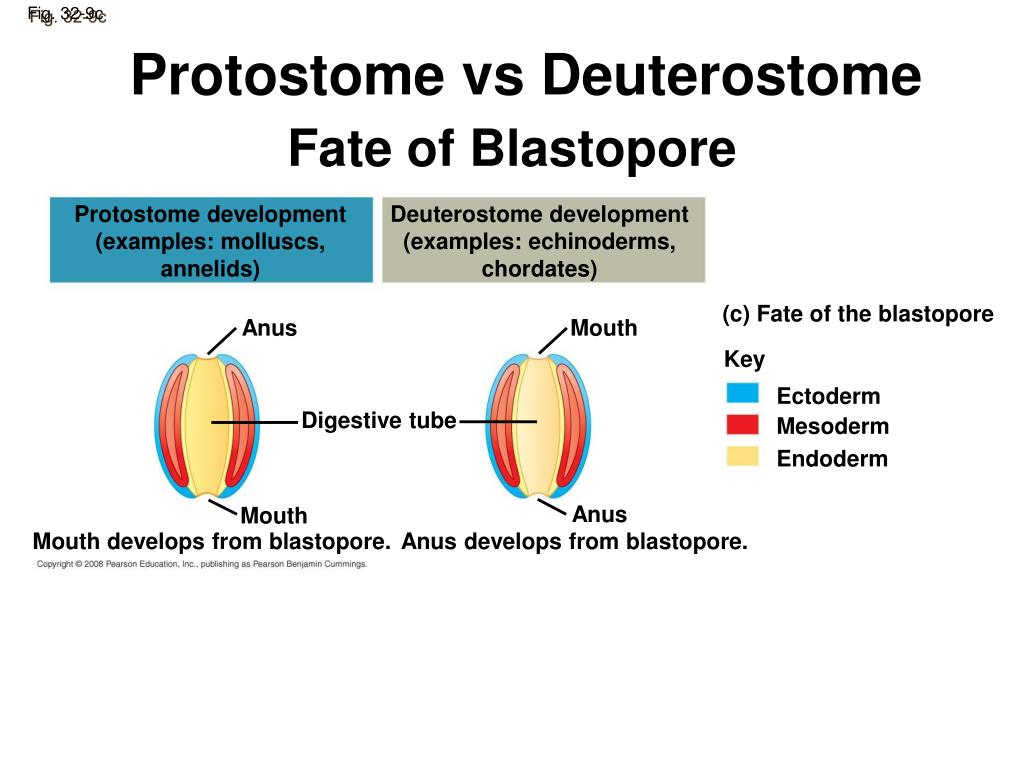

Theembryo develops within a fluid-filled sac known as the amnion, and the membranes and shell of the egg make itresistant to desiccation. This allowsgreater parental care of the eggs while the embryos are developing,but it requires a mechanism to prevent them from drying out. Unlikeamphibians, they aren't dependent on water to lay eggs. The eggs of reptiles and birds are also laid on land.

The egg contains 7.2 g of protein, 6 g of fatand 40 ml of water. Second, it provides a food source that is essentially "outside" theembryo, so avian embryos can do something that many other embryoscan't they can grow. The vast amount of yolk has several important consequences fordevelopment.įirst, it puts physical constraints on the division and movement ofcells. In fact, it takes up the majority of the cell and thenon-yolky cytoplasm is pushed to a small spot at the top. Technically, it is telolecithal, which means that the yolk is concentratedat one end. Yolk proteins are synthesized in the liverand loaded into the growing oocyte. The entire "yellow" of a chicken "egg" is actually asingle cell, the oocyte. Reptile and bird eggs are the culmination of an evolutionary trendtowards producing fewer eggs with greater maternal investment in theform of yolk. Chicks have been a favorite developmental system since Aristotle,primarily because they are easily obtained and much of laterdevelopment is very similar to humans.


 0 kommentar(er)
0 kommentar(er)
